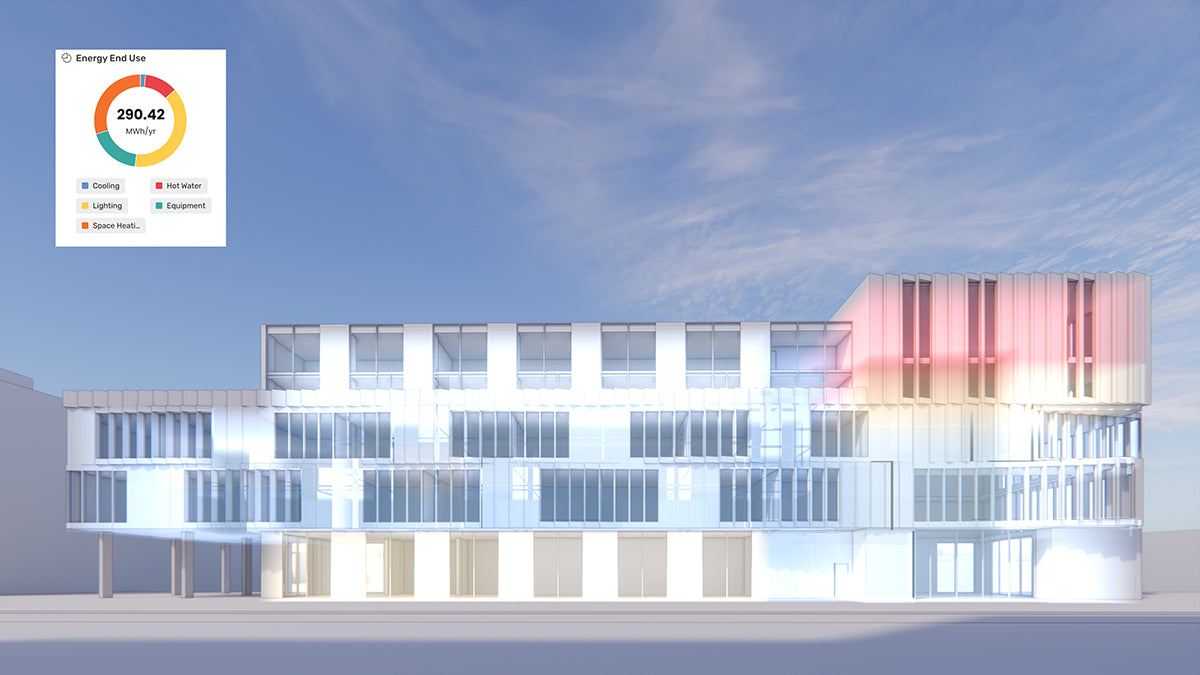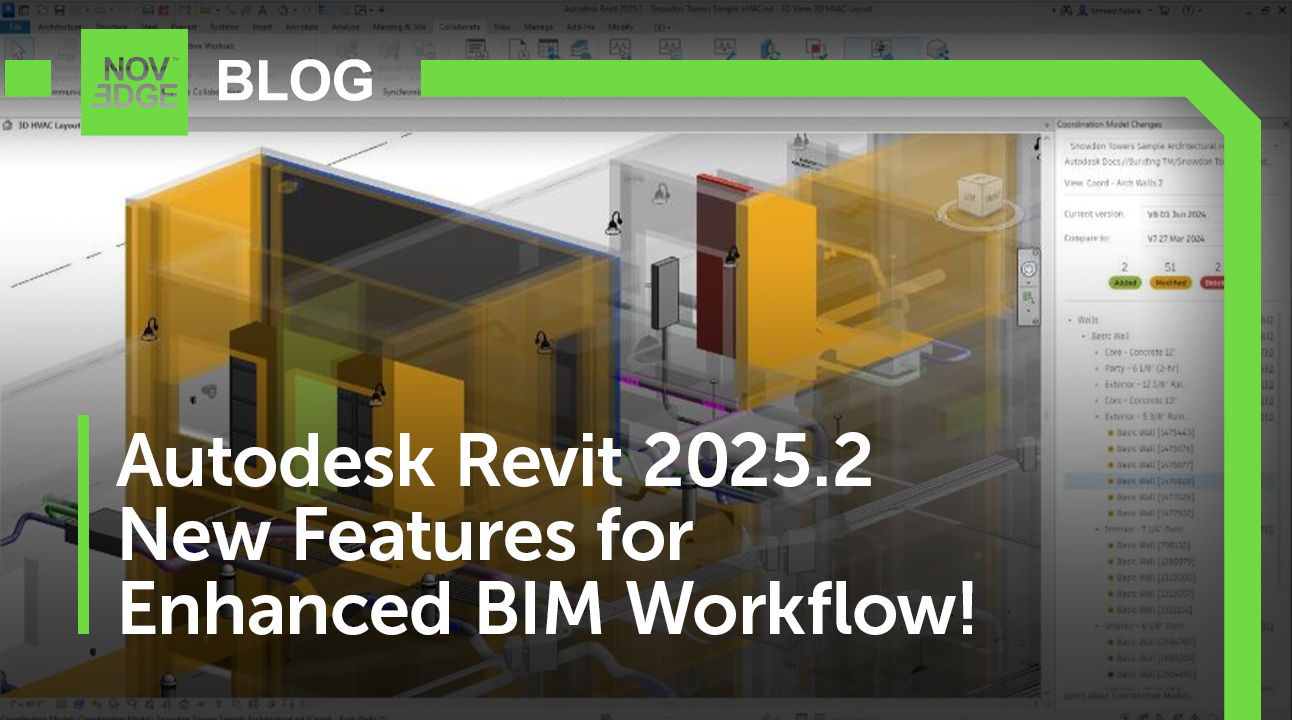Your Cart is Empty
Customer Testimonials
-
"Great customer service. The folks at Novedge were super helpful in navigating a somewhat complicated order including software upgrades and serial numbers in various stages of inactivity. They were friendly and helpful throughout the process.."
Ruben Ruckmark
"Quick & very helpful. We have been using Novedge for years and are very happy with their quick service when we need to make a purchase and excellent support resolving any issues."
Will Woodson
"Scott is the best. He reminds me about subscriptions dates, guides me in the correct direction for updates. He always responds promptly to me. He is literally the reason I continue to work with Novedge and will do so in the future."
Edward Mchugh
"Calvin Lok is “the man”. After my purchase of Sketchup 2021, he called me and provided step-by-step instructions to ease me through difficulties I was having with the setup of my new software."
Mike Borzage
What if PTC never happened?
June 23, 2008 2 min read

The launch of new products like SpaceClaim and new technologies like Synchronous Technology by Siemens is bringing some fresh air into the design software world. But is this air really so fresh? Or is it more like the air trapped in the Genie’s bottle that is bursting out after SpaceClaim rubbed it almost twenty years after being trapped in by PTC?
Let’s roll back the clock to the late 80s and review the story. At that time solid modeling was in its infancy, mostly limited to simple bounding surfaces if not polyhedral based modeling (remember CATIA V3?). Commercial kernel modelers were almost non existent with the exception of Romulus (indeed mostly limited to simple bounding surfaces); ACIS and Parasolid were still on their respective drawing boards. And the dominant model creation technique was based on Boolean operators.
Then PTC appeared on the market and within a few years it became the dominant player. Its product was an overnight success and it introduced the world to the concept of parametric solid modeling. The technology was brilliant (and PTC’s sales force was not shy) and all the established competitors were caught like a deer in the headlights. They all scrambled to at least replicate what PTC had. Some survived and some, like ComputerVision, never recovered.
In the process everybody focused on parametric solid modeling and forgot about any technique that interacted with the solids directly without any parametric constraint. Over time the parametric modeling technology evolved into a methodology and became “the way we do things” in solid modeling. And in the mid 90s SolidWorks sealed the direct modeling Genie’s bottle even tighter bringing to the market the first successful parametric solid modeler for Windows.
But maybe parametric modeling does not solve all the issues of solid modeling — it has never really successfully evolved to handle free form surfaces, handling of models with large numbers of parameters can be very difficult and often simple modifications can be very complicated to carry out because the parameters graph needs to be untangled first. What if PTC never happened and we spent the last 20 years developing direct modeling?
Most likely, if PTC did not do it somebody else would have. We would probably be more or less where we are now. The time was ripe for parametric solid modeling to happen one way or another. But, hypothetically, if PTC did not happen we might have a different modeling paradigm, possibly based on some sort of direct, feature-based modeling as well as parametric modeling too.
In my opinion, the PTC success strongly polarized the design software development in the parametric solid modeling direction and I am glad that SpaceClaim and others are bringing back the direct modeling paradigm. I have the feeling that we are about to see what the last two decades would have looked like if PTC never happened.
Cristiano Sacchi
Also in NOVEDGE Blog

How the AEC Industry Shifted Towards Essential Sustainable Building Design
August 15, 2024 4 min read
Explore sustainable building design strategies at NOVEDGE, focusing on eco-friendly practices for resilient and efficient structures.
Read More
Unlocking New Realms of Design with Enscape 4.1: Introducing Impact Add-on and Lot More
August 02, 2024 2 min read
Discover Enscape 4.1's new features, including Enscape Impact and artistic visual modes, to elevate design efficiency at NOVEDGE.
Read More
Explore Autodesk Revit 2025.2: New Features and Enhancements for Enhanced BIM Workflows
July 30, 2024 3 min read
Read MoreSubscribe
Sign up to get the latest on sales, new releases and more …


